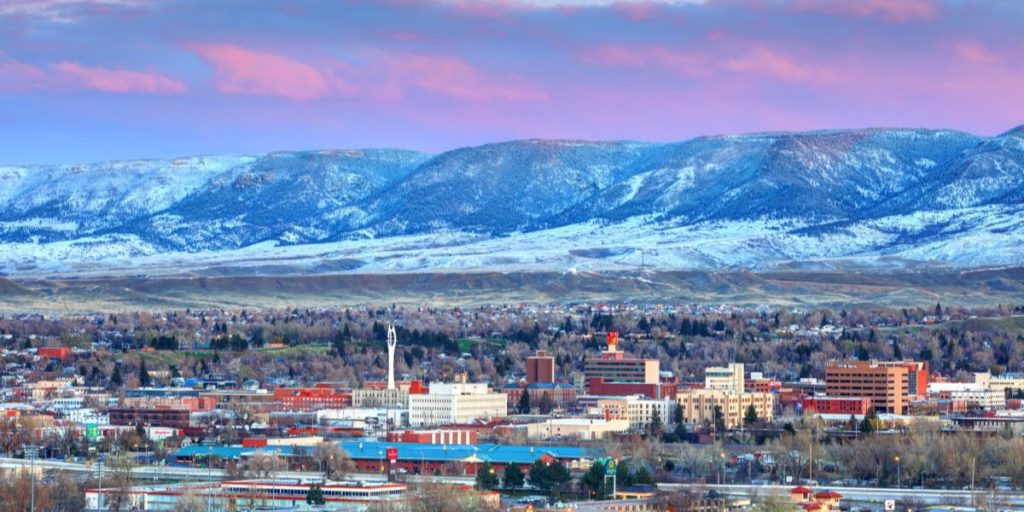The state with the highest per capita carbon dioxide emissions in the United States is Wyoming. This state, known for its vast open spaces and natural resources, has a significant carbon footprint due to its reliance on fossil fuels and energy production.
On the other end of the spectrum, New York has the lowest per capita carbon dioxide emissions in the country. New York’s efforts in promoting clean energy, efficient transportation, and sustainable practices contribute to its lower emissions compared to other states.
It’s essential for all states to continue working towards reducing carbon emissions to mitigate the impact of climate change.
Wyoming Comparison to Other States

| State | Total CO₂ Emissions (million metric tons) | Per Capita Emissions (tons per person) |
| Wyoming | 55.6 | 96.4 |
| New York | 143.7 | 7.1 |
| Texas | 622.4 | 21.4 |
| Vermont | 5.4 | 8.4 |
You May Also Like: Exposing the Maryland City with Highest Human Trafficking Rate
Reasons Behind High Per Capita Carbon Emissions
Coal Usage: Burning coal is the primary contributor to Wyoming’s emissions. Coal accounts for 69.2% of the state’s CO2 emissions, which is twice the U.S. average. Wyoming heavily relies on coal for electricity generation, and coal-fired power plants emit more CO2 per kilowatt-hour than other sources.
Power Sector: The largest source of emissions in both Wyoming and New York is the power sector. However, Wyoming’s power generation is dominated by coal, while New York uses a mix of natural gas, hydro, and nuclear. Coal-fired generation emits significantly more CO2 than natural gas, contributing to Wyoming’s higher emissions.
Exported Power: Wyoming exports a significant amount of electricity to neighboring states. While this boosts Wyoming’s economy, it also increases its emissions count. In contrast, New York imports power, which reduces its emissions count.
Higher Energy Consumption: On a per capita basis, the average Wyoming resident uses about four times the power of the average New Yorker. This could be due to higher participation in energy-intensive industries or other factors.
Also, Read: This North Carolina City is Now the Capital of Drug Smuggling
Effects of High Per Capita Carbon Emissions

- Climate Change: Carbon emissions contribute to global warming by trapping heat in the atmosphere. This leads to changes in weather patterns, rising sea levels, and extreme weather events like wildfires, droughts, and tropical storms.
- Shrinking Water Supplies: Carbon dioxide persists in the atmosphere for decades, affecting future climates. As temperatures rise, water demand increases while water supply decreases. Climate change can alter rainfall patterns, sediment runoff, and saltwater intrusion into freshwater systems, impacting human health and access to clean water.
- Increased Incidents of Severe Weather: Global warming intensifies extreme weather events. Hurricanes, typhoons, and other storms cause significant damage, loss of life, and disruptions to infrastructure. Disease transmission can occur when water and sewer systems fail during these disasters.
- Changes in Food Supply: Carbon emissions affect agriculture. Changing weather conditions impact crop yields, leading to food scarcity and rising prices. Animals also migrate due to climate shifts, affecting food sources for humans.
- Geographical Changes: Even small temperature changes can have significant environmental effects. For instance, during the last ice age, temperatures were only a few degrees cooler than today, yet large parts of the United States were covered in ice. Geographical shifts can alter ecosystems and habitats
Read More: This is the Dirtiest City in Texas
Conclusion
In summary, Wyoming’s reliance on coal, its power generation mix, and its energy exports contribute to its elevated per capita carbon emissions. Efforts to transition to cleaner energy sources and improve energy efficiency are crucial for mitigating climate impact.
Reference: downtoearth.org, myclimate.org